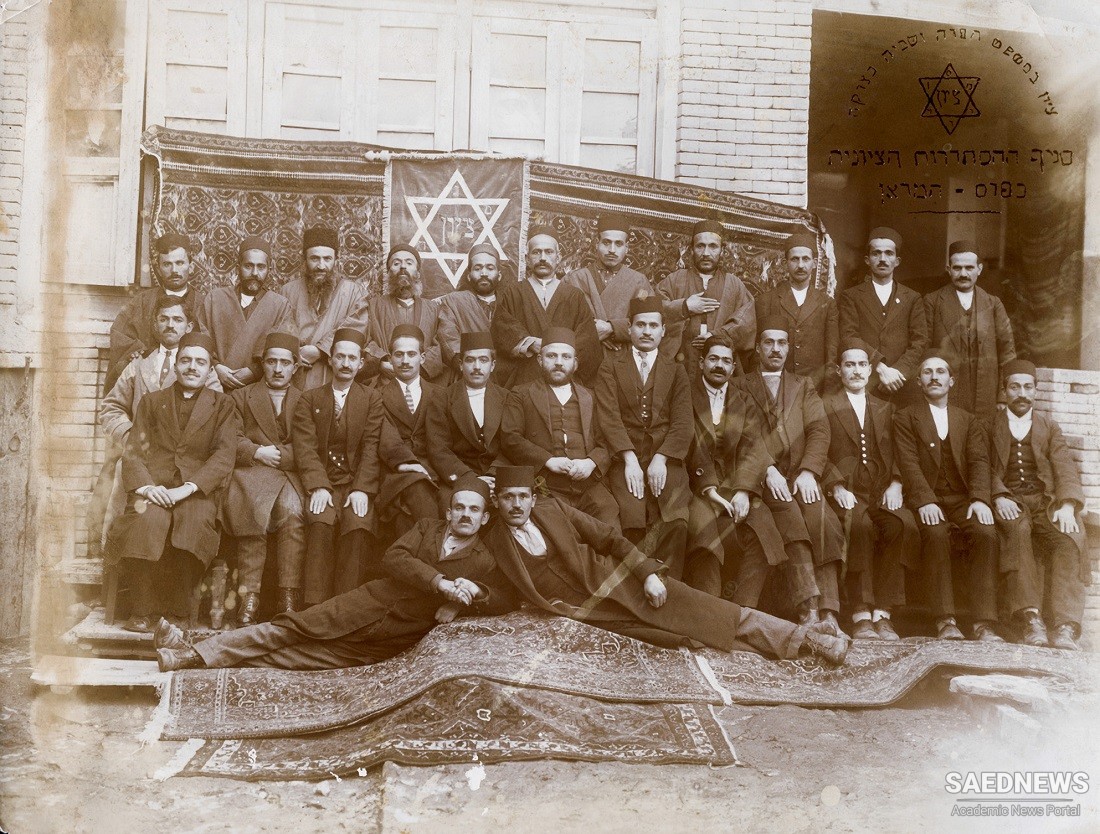The Italian traveller Giambattista Vecchietti (1552-1619) records that both Kashan and Lar were centres of Jewish learning. During his visit to Iran, Vecchietti acquired Judeo-Persian manuscripts, which he brought back with him to Europe. The end of the medieval period witnessed the appearance of Jewish Iranian scholars who were held in high repute outside Iran.
This was the case of Jacob b. Joseph Tawus (1490-1576), who was called to the Jewish Academy of Istanbul, where he translated the Pentateuch into Judeo-Persian in 1546. The Jews distinguished themselves from other non-Muslim groups in Safavid Iran by choosing to write Persian in a script other than Arabic, and transliterated into the Hebrew script the works of the Muslim Iranian poets, such as Nizami, Sa'di, Hafiz, Jami and even the less known Sa'ib of Isfahan.
This demonstrates that the Jews were not culturally isolated. They knew how to read the Arabic script and their knowledge of Persian literature, as their poetry attests, equalled that of their Muslim neighbours. Their usage of the Hebrew script shows that there were Jewish centres of education, where they were principally taught religious texts and trained to use the Hebrew script.
Nonetheless, the usage of the Hebrew script by the Jewish poets rendered their work inaccessible to the Muslim majority. It is probable that they did not see much reason to write their poems in the Arabic script, as their work is unlikely to have been appreciated outside Jewish circles. Indeed, the famous Jewish poet Imrani (1454-1536), like his predecessor Shahin (14th c.), is not mentioned in any Muslim Iranian source. Both poets were from Shiraz, which is a town that produced many celebrated Persian poets, such as Sa'di and Hafiz. Imrani, like Shahin, had been inspired by his Muslim peers.


 Islamization of Tabaristan the Last Stronghold of Zoroastrians
Islamization of Tabaristan the Last Stronghold of Zoroastrians














































